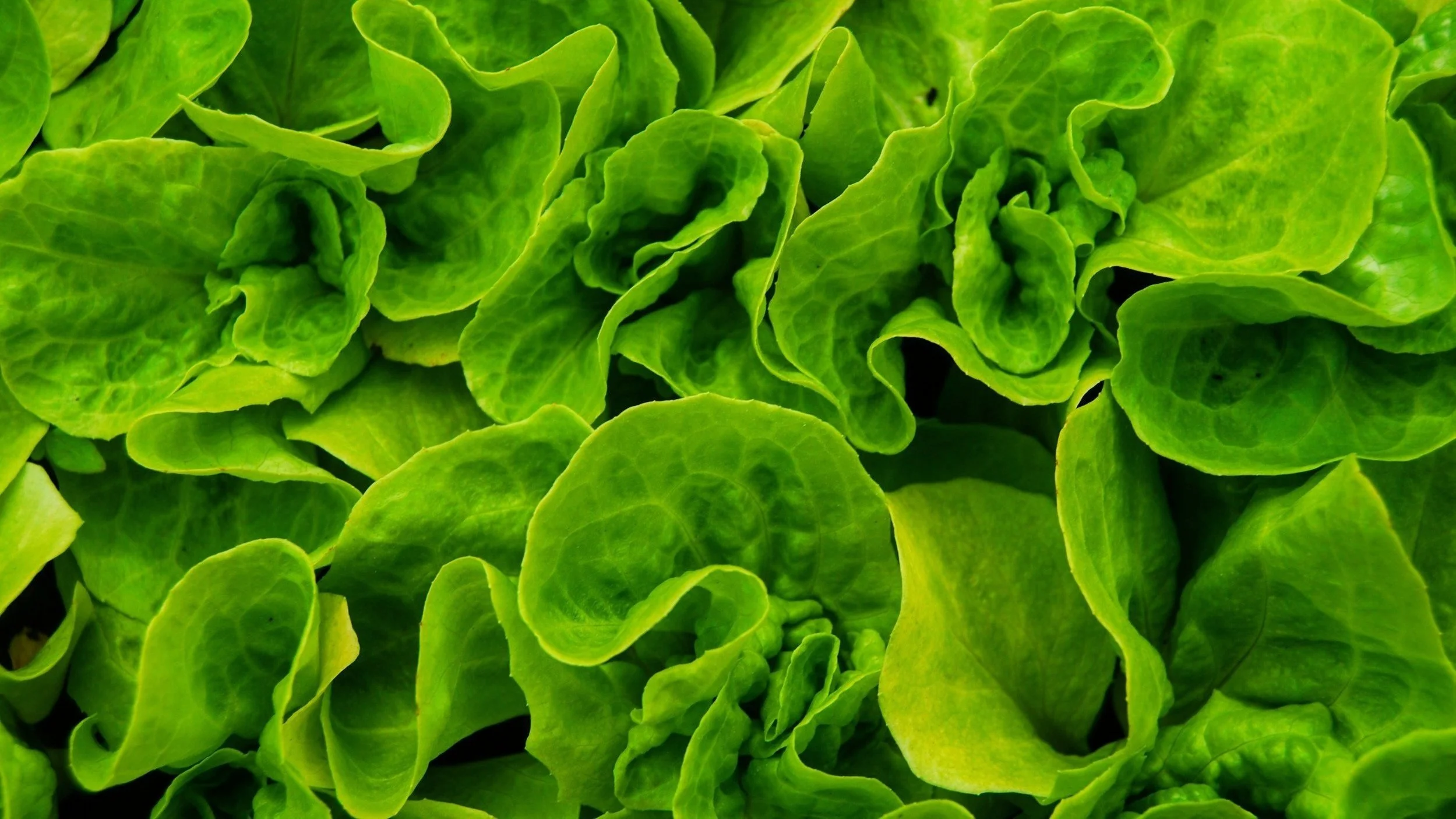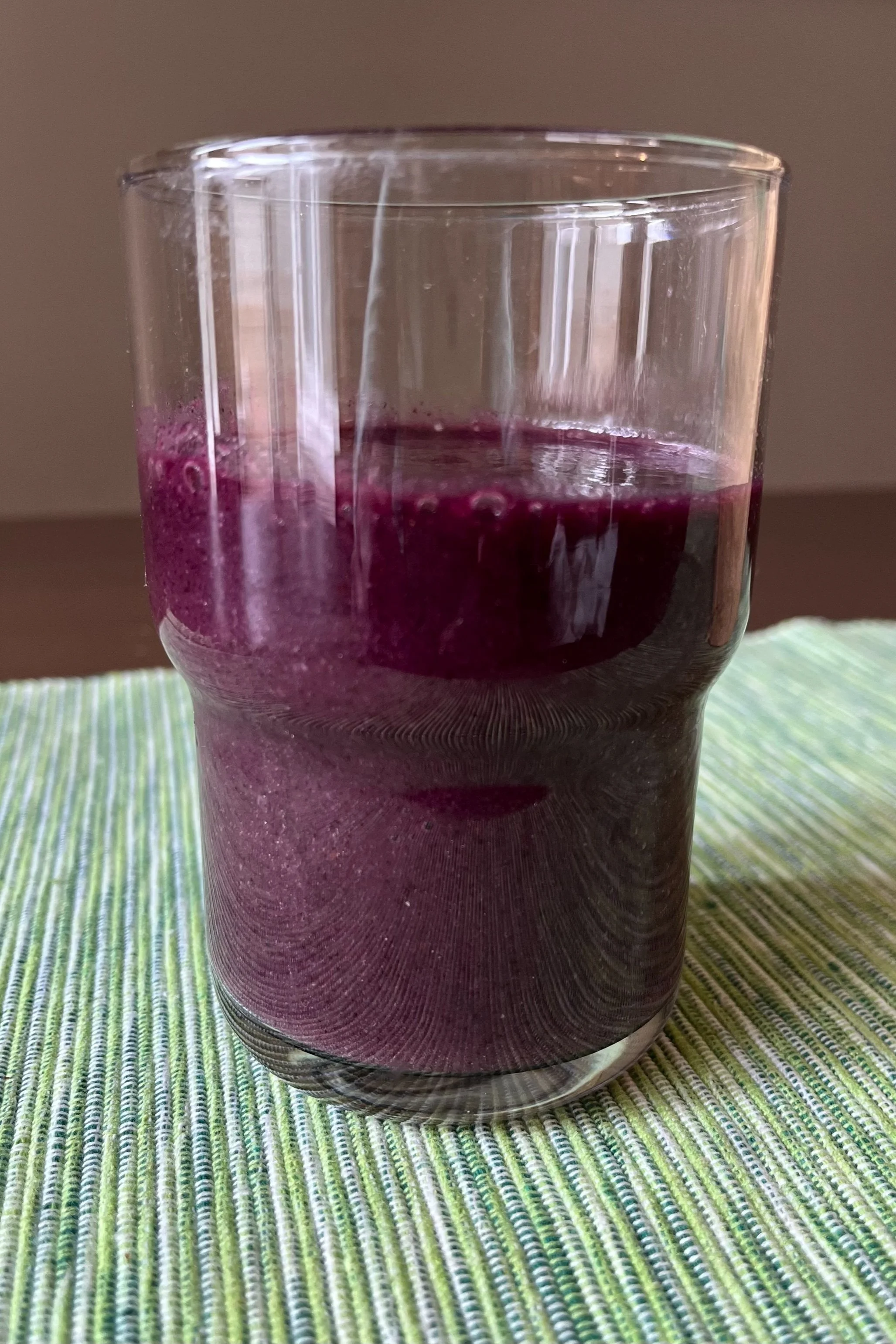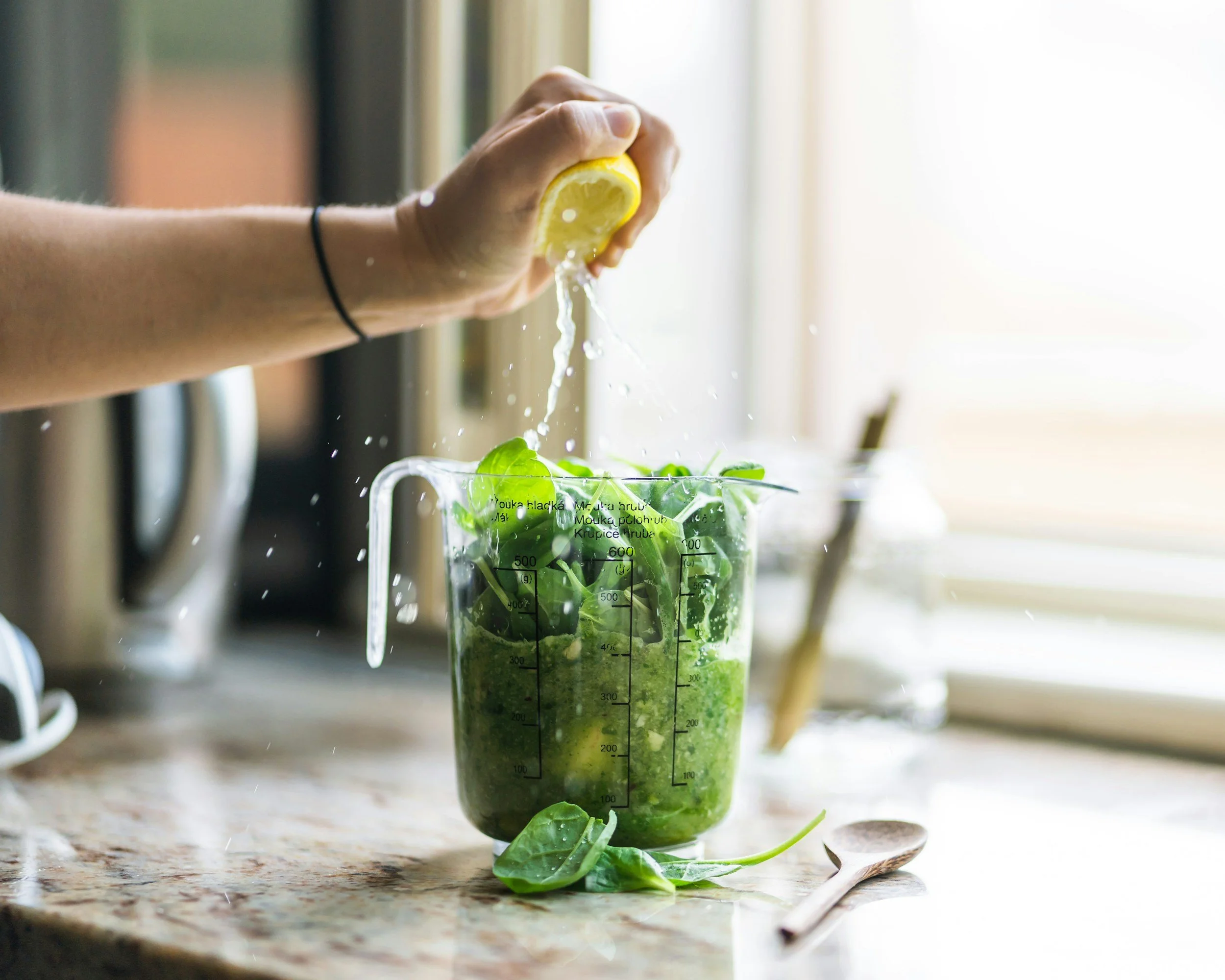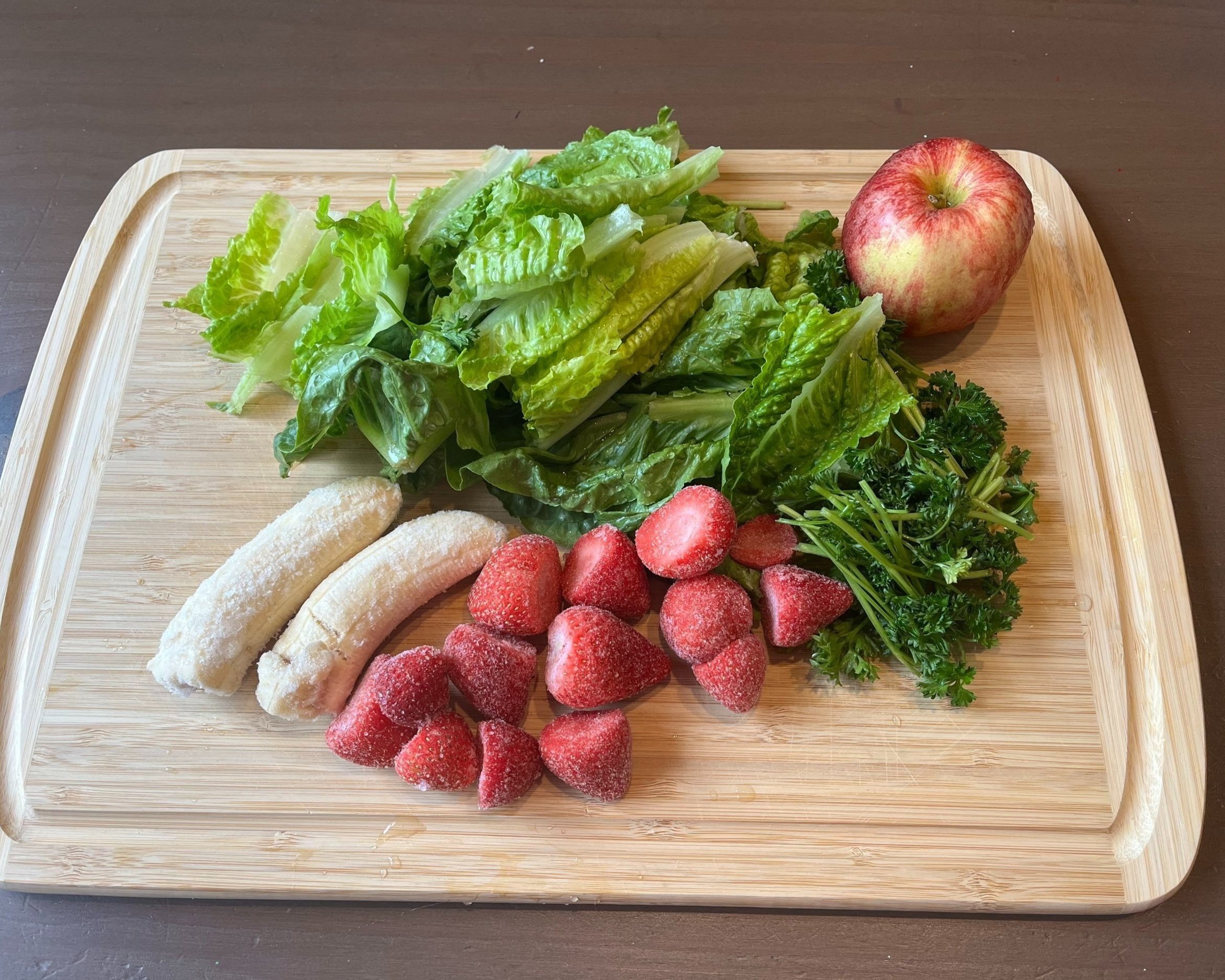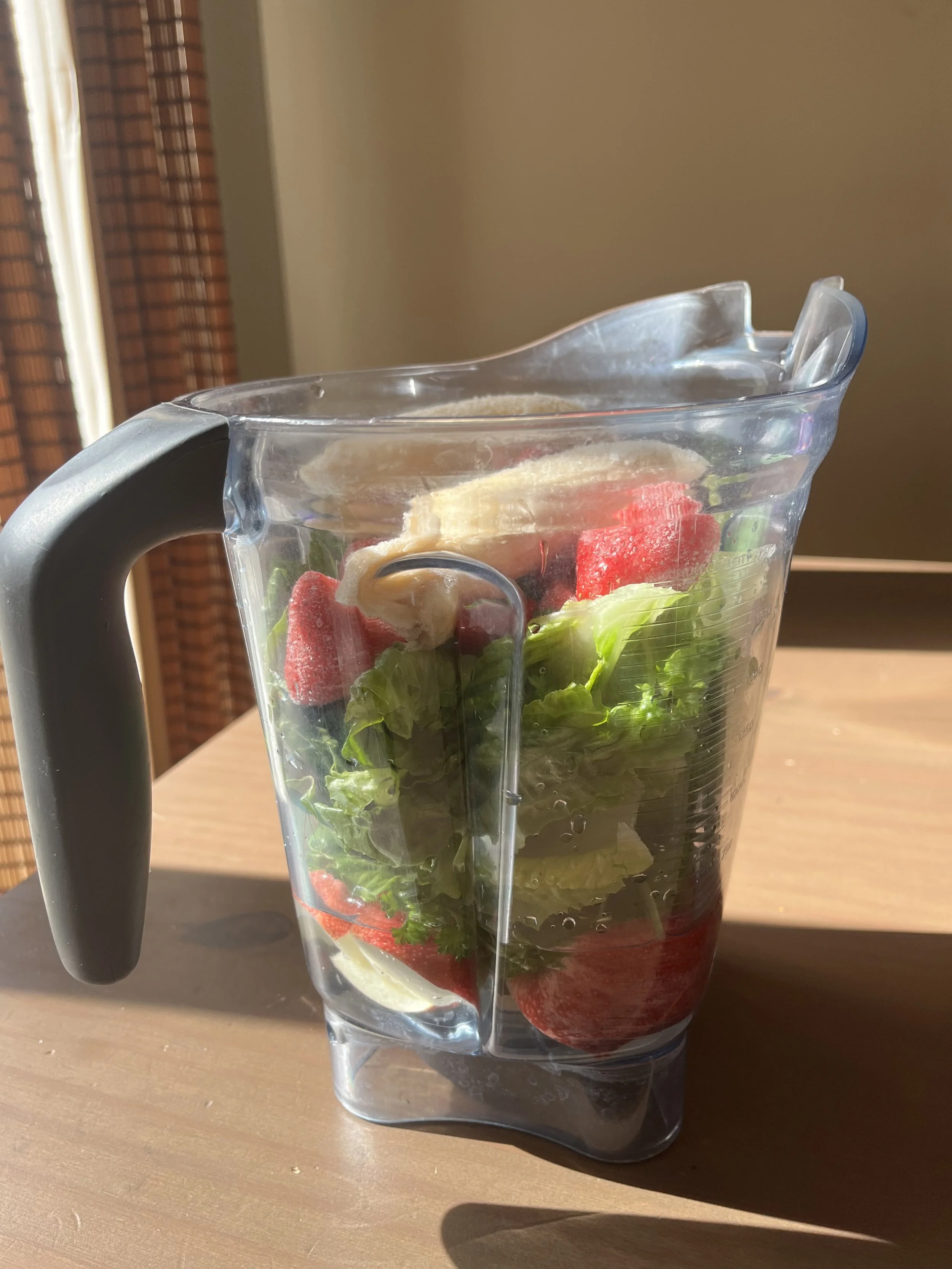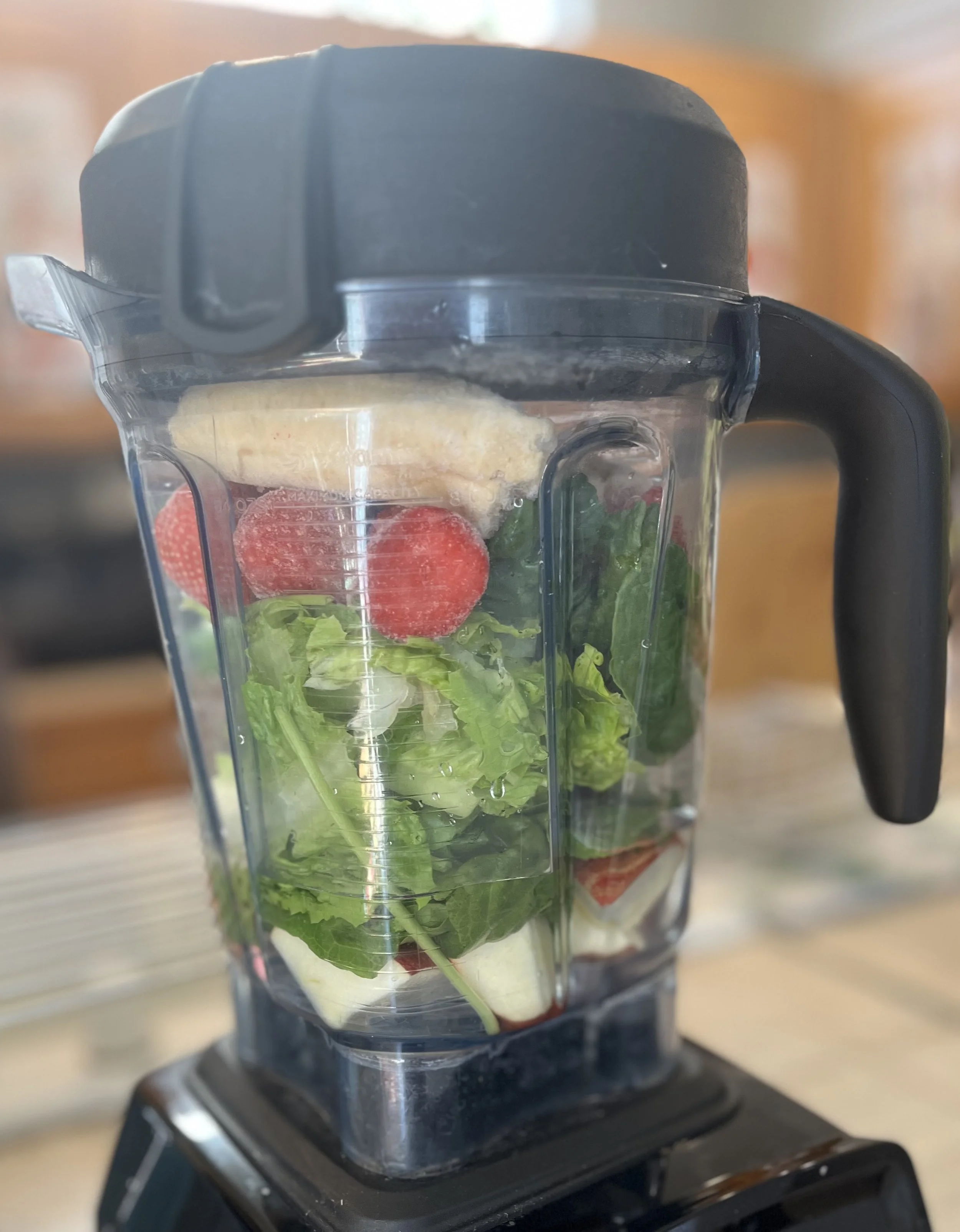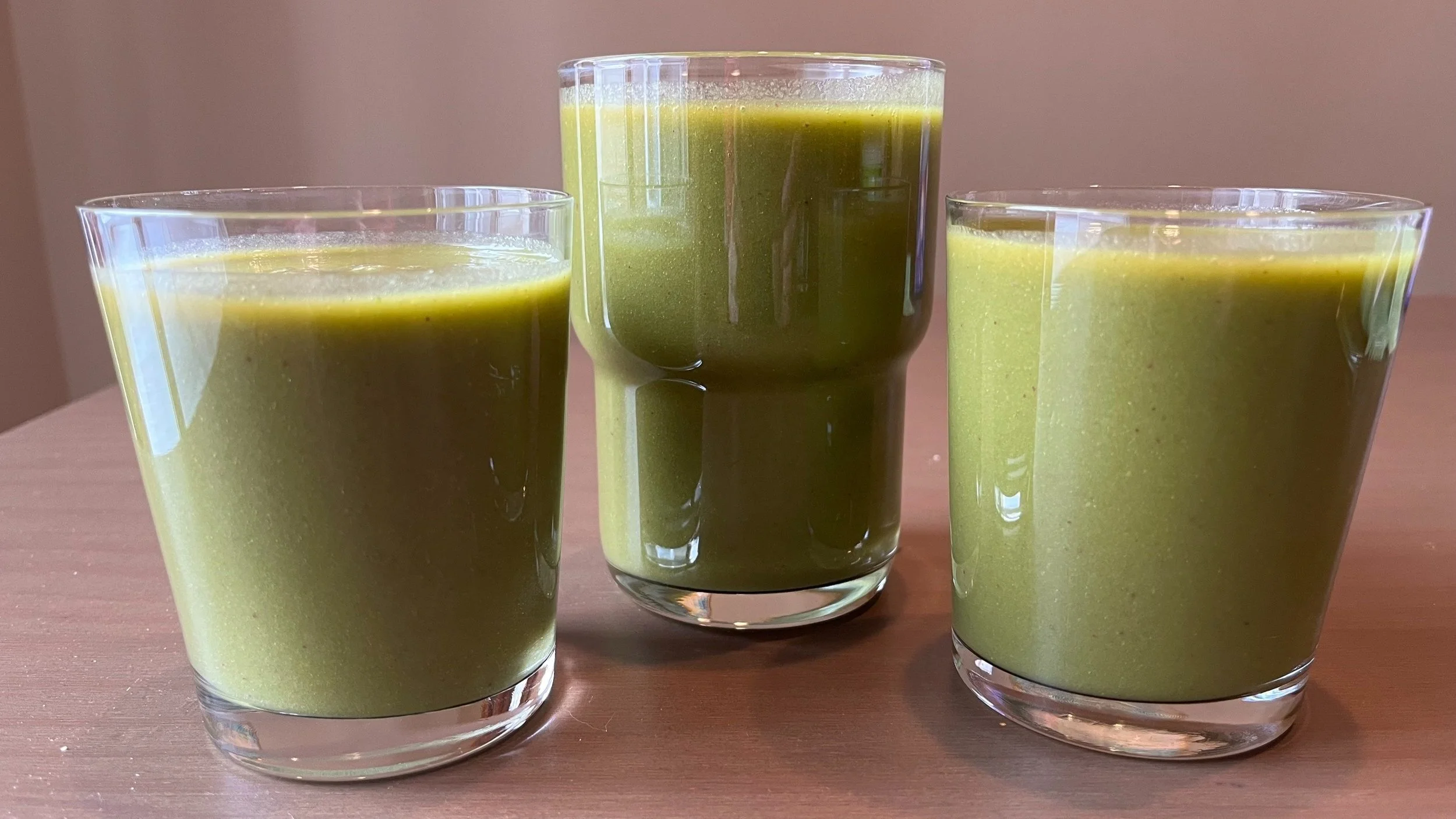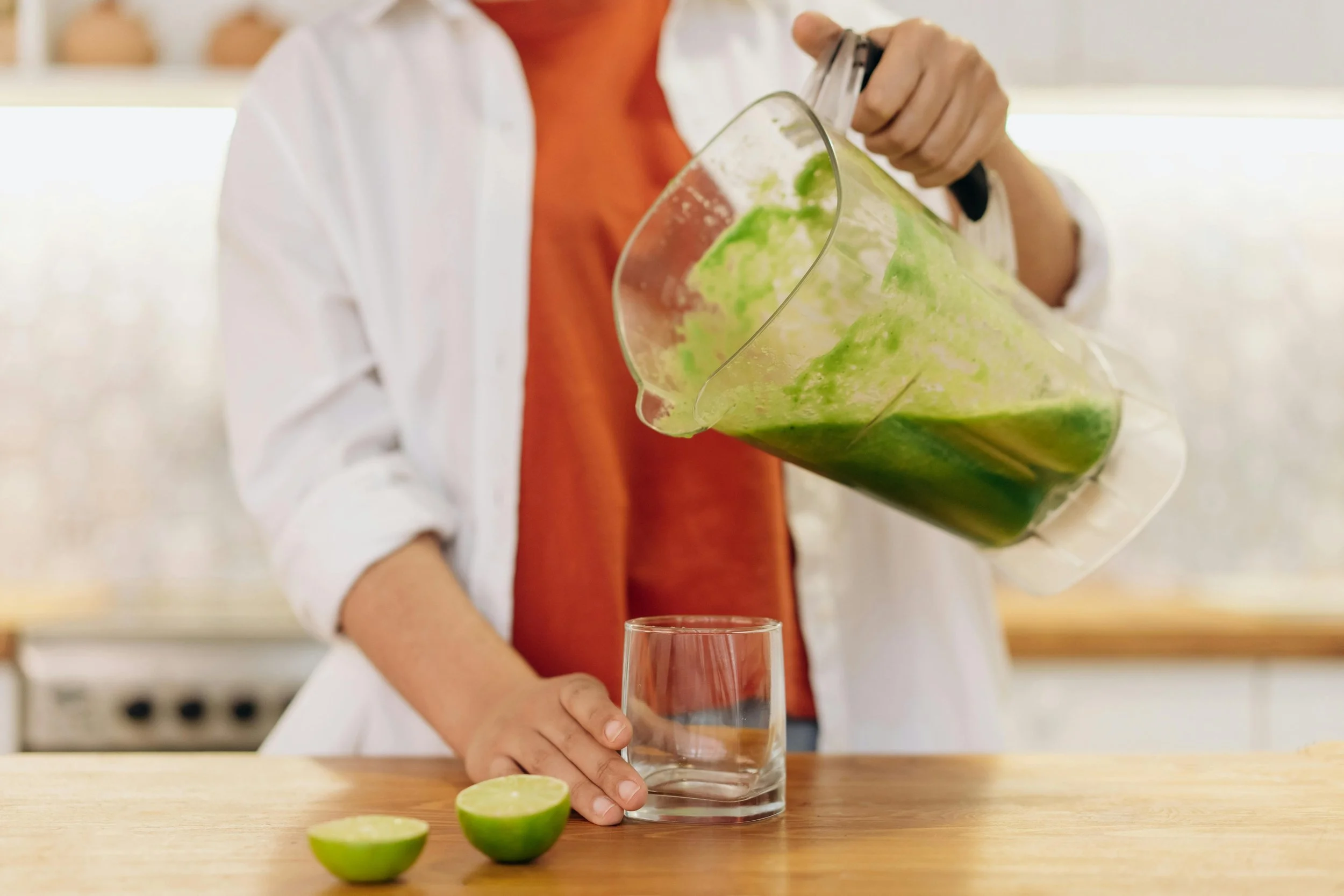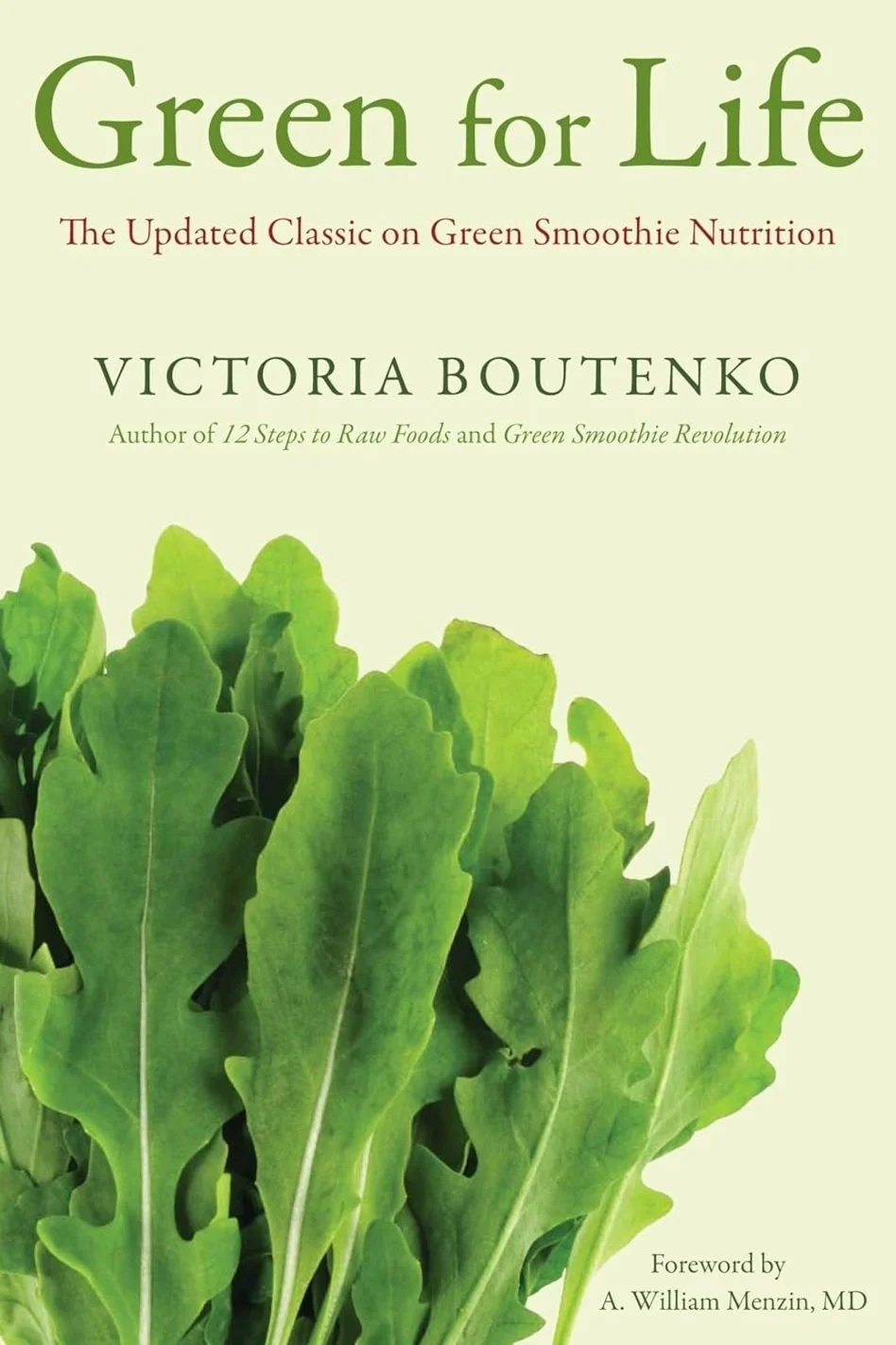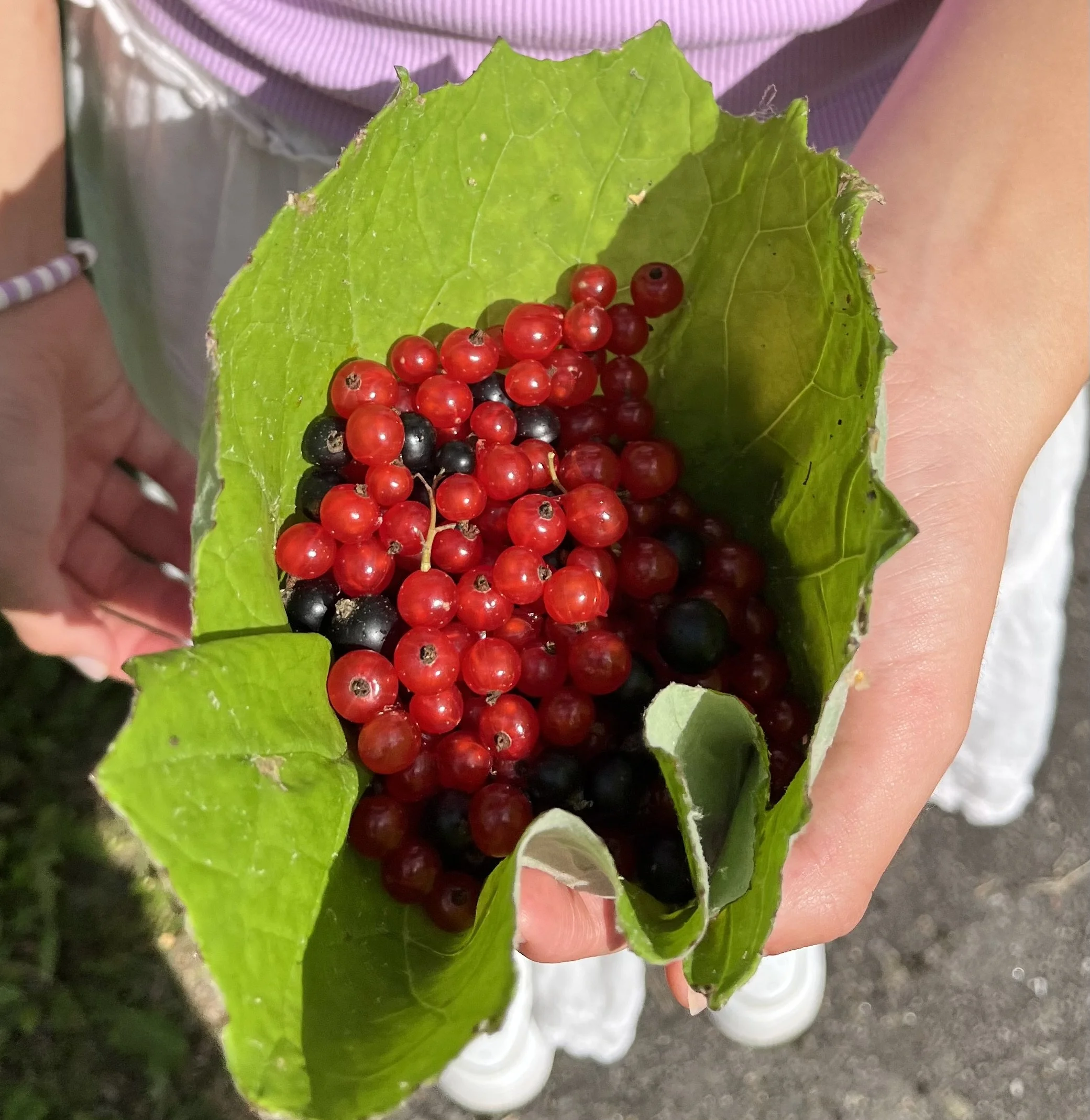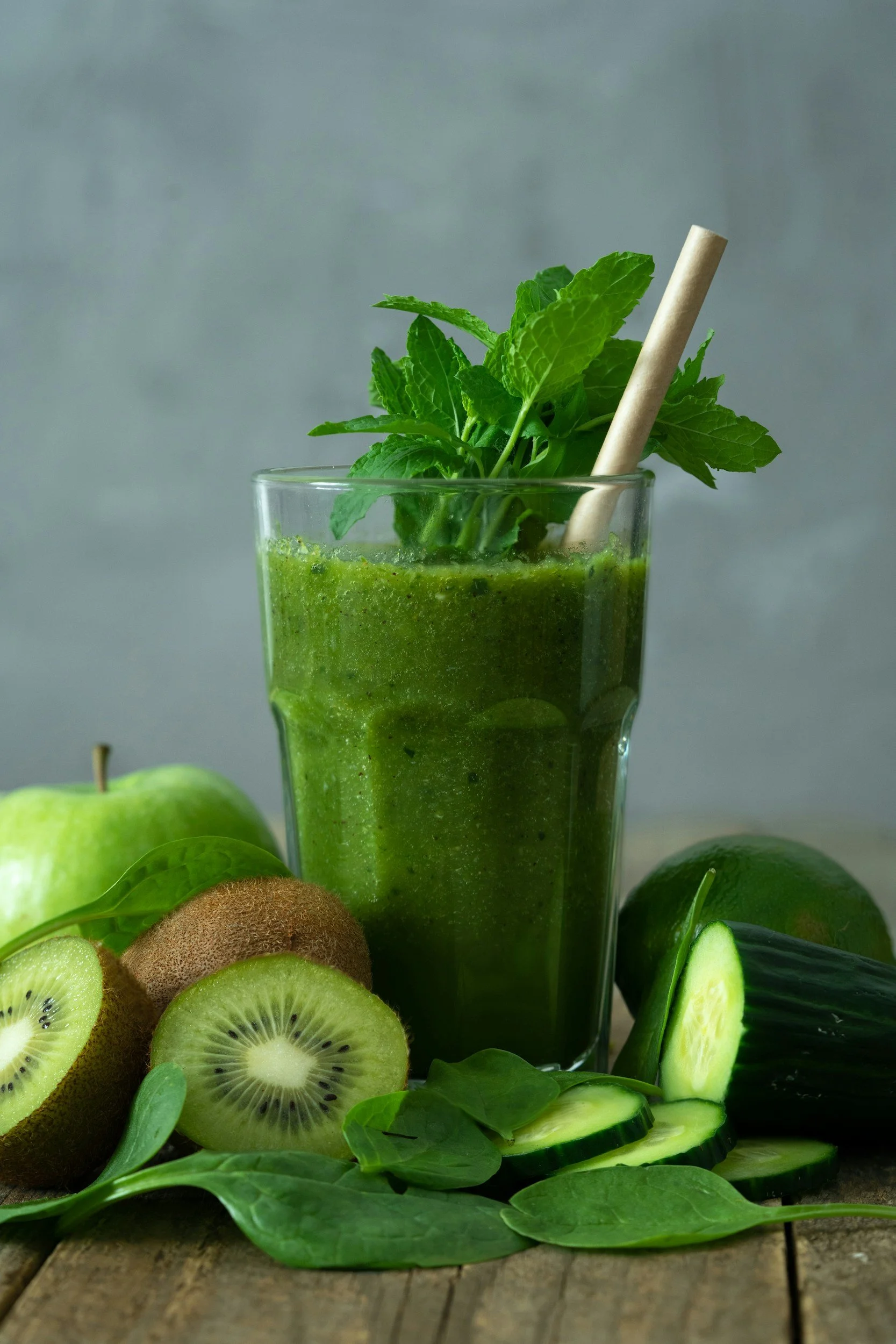Every Day Green Smoothies
Did you know that smoothies are better than juices? Smoothies contain fiber, which makes them better for gut health.
My dear colleague Betty in New York unknowingly changed the direction of my life when she let me borrow a book she had just received as a complimentary gift after ordering another book online. The book was called Green for Life.
I was so impressed by Victoria Boutenko’s story in the book that I ordered copies for my family members as well. My husband’s side of the family quickly embraced green smoothies and made them a part of their daily routine.
This book tells the story of the author’s family, who overcame hardships and illnesses by switching to a raw food diet and making green smoothies every day. It also includes wonderfully delicious green smoothie recipes.
My Family’s Green Smoothie Journey
We started making green smoothies more than 15 years ago, and it quickly became a daily habit. My wonderful husband is the main blender in the house, ensuring that we all drink our smoothies at some point during the day—though they taste best right after blending.
Our girls have been drinking them since they were less than a year old. Now, if we ever forget to make one, my 14-year-old daughter is the first to ask for her green smoothie.
We have learned a lot along our journey of making green smoothies. Initially, we used plastic cups and straws, but we have since transitioned to glass cups and glass or metal straws. My focus has shifted toward purchasing more leafy greens that are not packaged in plastic, opting for organic greens and organic fruits unless I intend to peel the fruit. We have also adjusted our ingredient ratios, using fewer fruits and incorporating more greens. When the kids were younger, it felt crucial to make these smoothies sweeter to appeal to their tastes. Now that they are accustomed to the flavors, we have successfully decreased the amount of fruit in our recipes.
There are many variations you can make with smoothies. The main thing is to change the greens often to avoid consuming too much of one type of nutrient. Fruits can remain more consistent and be used frequently.
In this variation, I used frozen blueberries, an apple, a banana, celery, and parsley.
The result is a delicious, nutritious purple smoothie that tastes incredibly fresh.
We try to recycle the greens we use every day. Our favorite ones are:
Spinach - Packs high amounts of carotenoids, vitamin C, vitamin K, folic acid, iron, and calcium. Its neutral flavor makes it easy for kids to enjoy.
Kale - Contains several important nutrients, including vitamin K, vitamin C, and manganese. Due to its bitter taste, be sure to remove the stem and use only the leaves.
Romaine Lettuce - A good source of vitamins C and A.
Chard - Offers an impressive amount of fiber, vitamins, minerals, and antioxidants, making it a nutrient powerhouse.
Parsley - This nutrient-dense herb is particularly rich in vitamins K, A, and C, and provides a refreshing flavor to dishes.
Red Leaf Lettuce - Great source of antioxidants, in particular, anthocyanins, beta carotene, and vitamin C.
Making Green Smoothie:
Next, I will guide you through creating your own smoothie.
Choosing the ingredients:
First, choose the greens and fruits you would like to use.
I often use frozen fruits like bananas and strawberries. One apple is also my go-to fruit, which I add every day. This time, the greens include parsley and romaine leaves.
After selecting your ingredients, cut everything into pieces. When cutting the apple, be sure to remove the core and seeds.
Building your smoothie:
I use a Vitamix to blend everything, as it makes the mixture very smooth in less than a minute. The water goes in first, followed by the unfrozen fruits, then the greens, and finally the frozen fruits.
Start blending at the lowest speed and gradually increase it as the ingredients become incorporated.
Once everything looks smooth, reduce the speed. Sometimes, you may need to assist the blending process—turn off the blender and mix the ingredients to help them reach the blades.
The above recipe yielded enough for one large cup and two smaller cups.
A few things to consider:
Some fruits should be frozen, or you can use ice cubes instead to make the smoothie cold and more refreshing. If you do not consume the smoothie soon, it should be refrigerated.
Bananas and avocados can help make the smoothie thicker, while adding more water will result in a thinner consistency. All fruits, including avocados, can be frozen as long as they are peeled and cut into pieces beforehand.
Ripe bananas are sweet but contain a lot of sugar. Green bananas are harder to peel and have a sour taste, but they are beneficial for gut health. Personally I prefer a middle ground and look for bananas that are slightly green.
Now that you are familiar with the process, go ahead and keep mixing and experimenting to find your own favorite blend!
In Green for Life, Victoria Boutenko explores greens’ vital role in health. Boutenko’s journey into the power of greens began with her family’s severe health struggles. Research led her to incorporate more greens to her family’s raw food diet, bringing remarkable improvements: her arrhythmia disappeared, her husband’s arthritis eased, and her children found relief. This transformation inspired her to share the benefits of greens.
Boutenko advocates green smoothies as the best way to consume greens. Unlike eating them whole or juicing, blending preserves fiber while increasing nutrient absorption. Smoothies improve digestion, stabilize blood sugar, and enhance nutrient bioavailability. With fruit combinations masking bitterness, they provide a tasty, convenient way to enjoy greens for optimal health.
Flavonoids and carotenoids reduce inflammation and protect against oxidative stress. Their fiber content promotes gut health, and anti-inflammatory compounds may help prevent diseases like diabetes and cardiovascular conditions.
Phytochemicals like chlorophyll aid detoxification cleansing the blood and removing toxins. Their high fiber content aids digestion and waste elimination, often leading to clearer skin.
Greens also support mental clarity and cognitive function. Rich in essential nutrients, they enhance brain health, improve focus, reduce brain fog, and boost mood by supporting neurotransmitter function.
On a cellular level, greens enhance function and repair, improving skin health, immunity, energy, and mental well-being.



